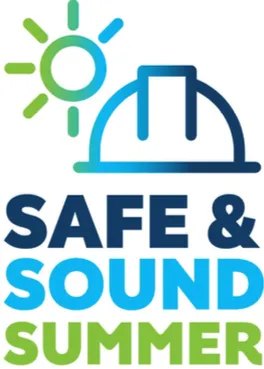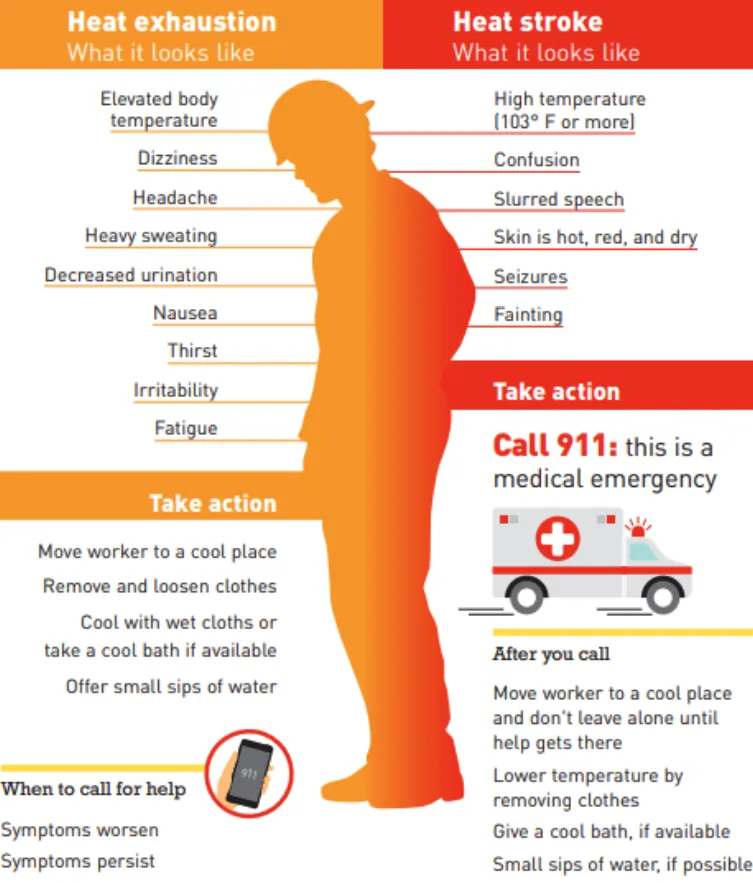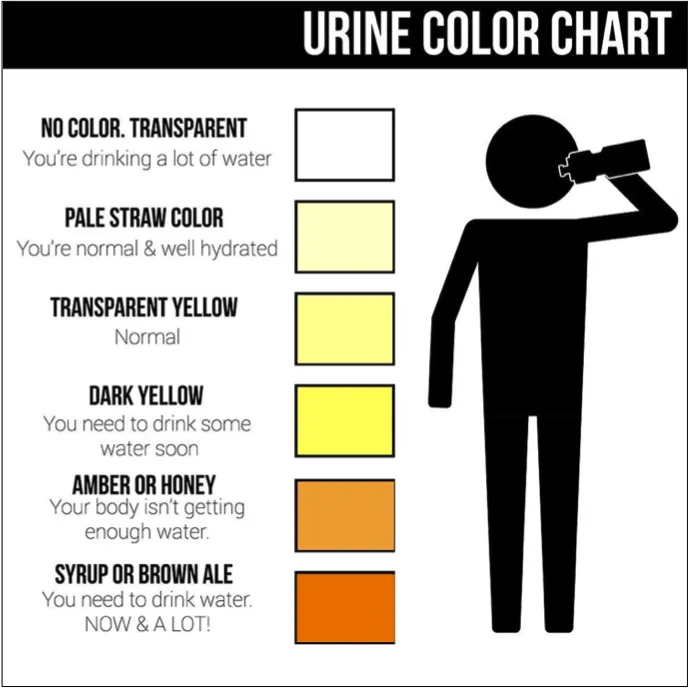
Heat Illness Prevention
What is Heat Stress?
Heat stress occurs when the body cannot get rid of excess heat. When this happens, the body temperature rises, heart rate increases and a person may experience a range of symptoms from sweating (or lack of sweating) to dizziness and collapsing.
Heat stress can result in a number of heat related illnesses, including heatstroke, heat exhaustion, heat cramps and heat rash.
Heat can also increase the risk of injuries due to sweaty palms, fogged up safety glasses, etc.
What Causes Heat Stress?
Workers at risk of heat stress typically include outdoor workers and workers in warm or hot environments.
What Else Causes Heat Stress?
- High outdoor temperature
- Layers of clothing/PPE
- Dehydration
- Decreased urination
- High humidity
- Direct sunlight
- Intensity of work
- Non-A/C workspaces
Heat-Related Illness Symptoms & Causes
When left untreated, heat stress can lead to heat-related illness, which can progress rapidly. It is important to know the symptoms and causes of heat-related illnesses so you can be on the lookout for yourself and others.
Prevention is the best way to manage heat-related illness.
Some tips to prevent heat stress include:
Drink plenty of water.
You need to drink more during hot weather, regardless of how active you are, even if you do not feel thirsty (check with your doctor if you are on limited fluids or fluid pills). Avoid alcohol or drinks that contain lots of sugar. Do not drink extremely cold liquids, as they may cause stomach cramps.
Avoid exposure to heat.
Stay out of the sun as much as you can, plan work earlier or later in the shift.
Protect yourself outside.
If you must be outdoors, remember to protect yourself from the sun by covering exposed skin with lightweight clothes, using sunscreen, and wearing a hard hat neck cover / sun brim, ‘seek’ shade and ‘slide’ on shaded safety glasses.
Take breaks.
Rest often and, whenever possible, stay in the shade.
Stay cool.
Keep air circulating around you. Keep yourself cool by using wet/damp towels.
Check in on others
Keep in touch with colleagues, do not allow them to work alone and check on them often especially on any extreme heat day.
Plan ahead.
Too much activity on a hot day can lead to heat stress. If you can, restrict activity to cooler parts of the day.
Keep your energy levels up.
Eat smaller meals more often and cold meals such as salads.







